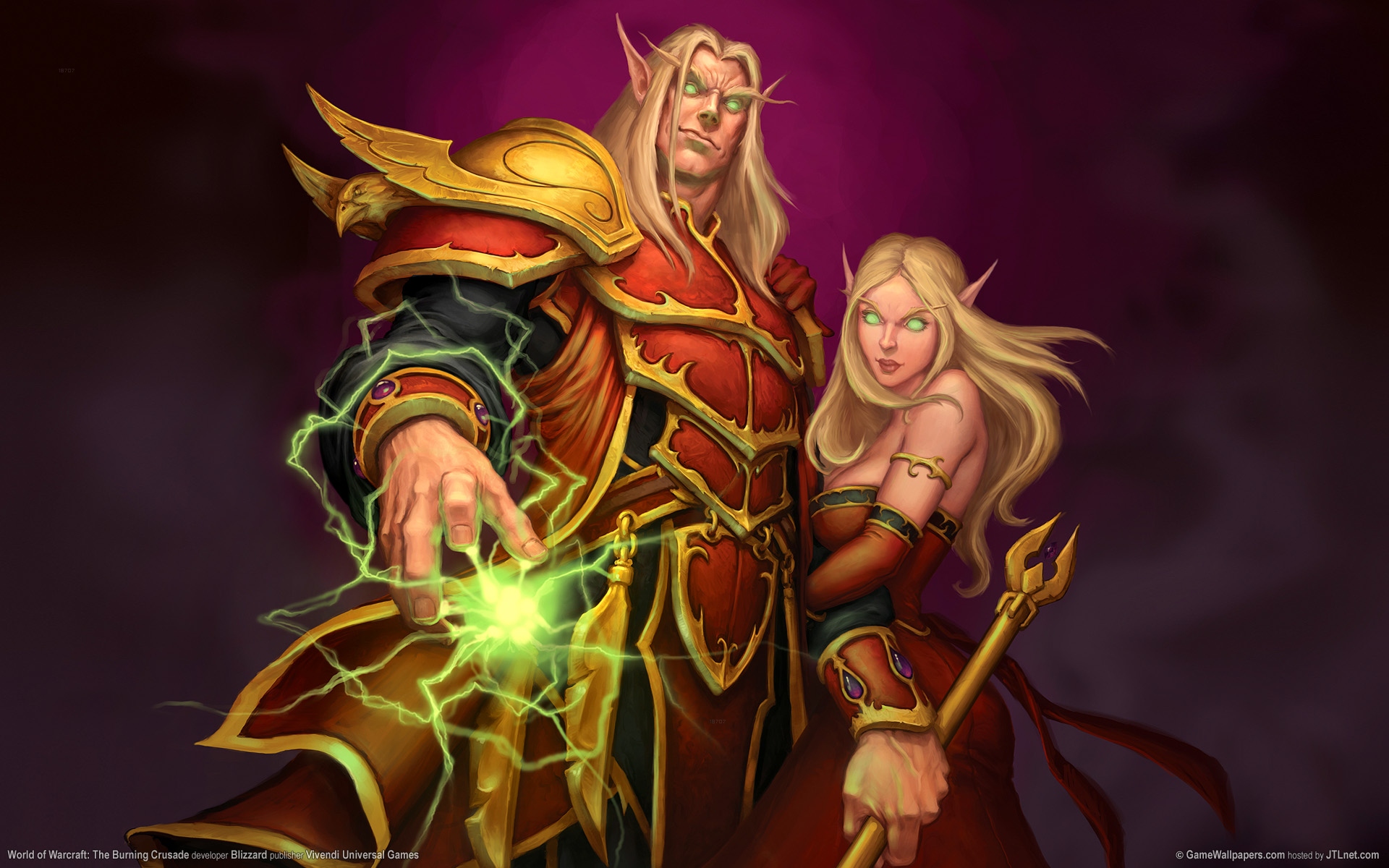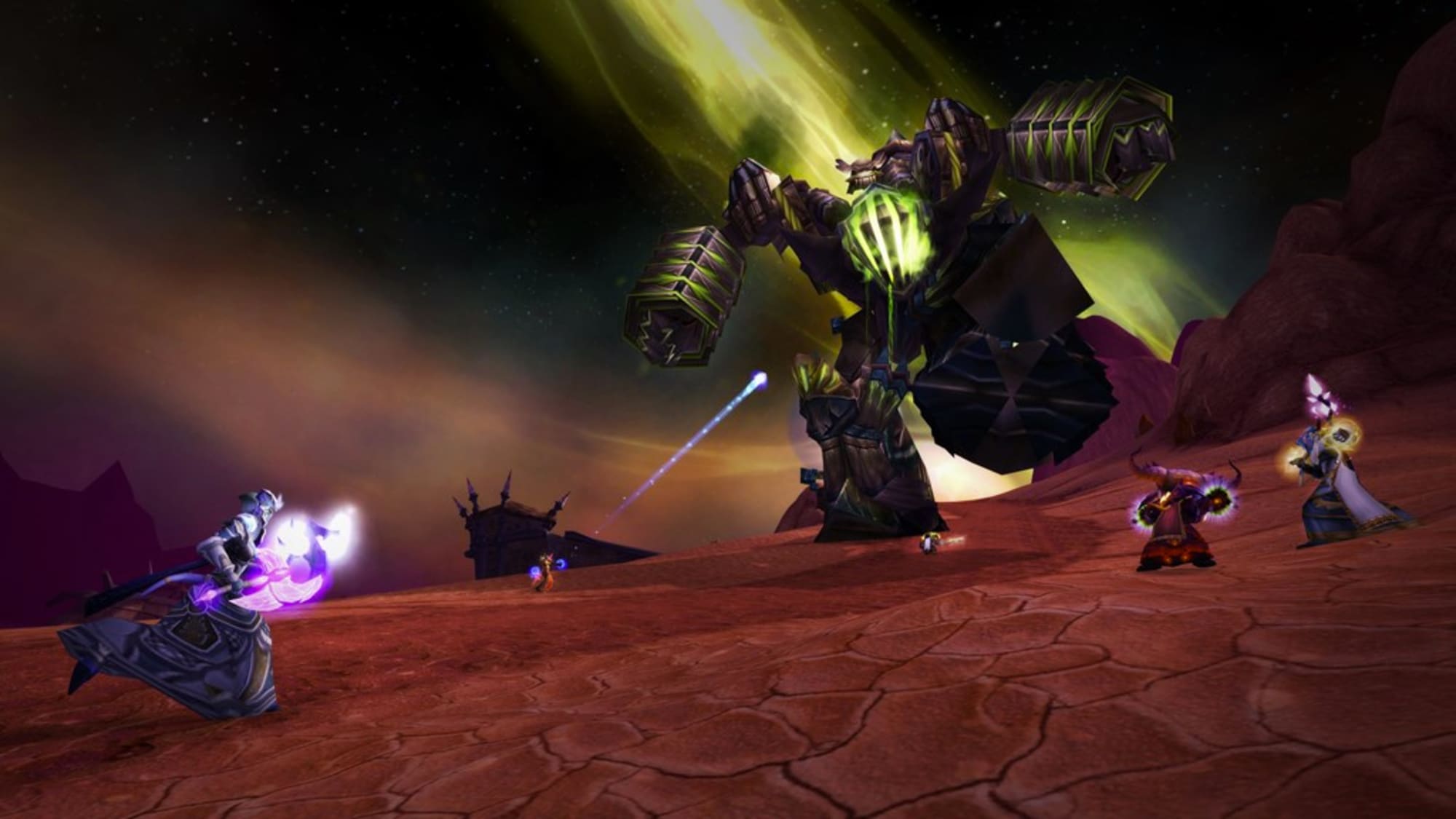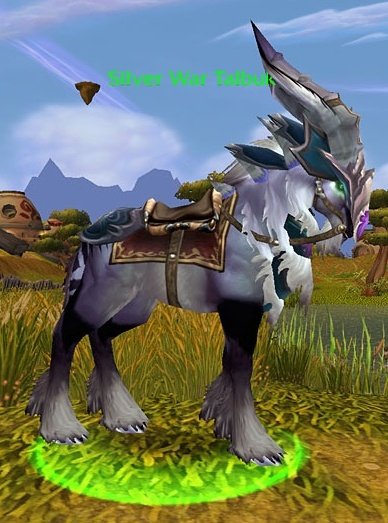

"The thing I've learned as a raid leader is that it's not just about knowing what the boss can do, but it's knowing what the people around you are going to do when the boss does its thing. "It's really a dedicated, like, almost puzzle solving type thing with a large group," Dawson says. The social organisation of raiding was much more challenging and the gameplay was slower and more exploratory, with a greater expectation of failure. Some still hold that Burning Crusade was the pinnacle of raiding in WOW, with the 40-player requirement still in place, some of the most involved boss design the game has ever seen, and memorable antagonists with strong links to the themes and story of the wider expansion.

So, to me, that was that moment of me committing to that raiding life, that WOW immersion that so many of us fondly remember." It has lasted since then and we've got 1000 members today. I mean, Kael'thas! It's when my guild first formed. "For me, it has some of WOW's most iconic and memorable fights,whether it be Lady Vashj and all the macros you had to make for that, or Illidan, just the difficulty and complexity of that fight. For him as a player, though, it was all about the raids. "You know, being WOW's first expansion, the amount of features and content that was added was unprecedented," Dawson remembers. I talked to Dawson alongside lead producer Holly Longdale earlier this year at the reveal of Burning Crusade Classic, and caught up with Dawson again more recently, to talk about what made Burning Crusade a landmark in online gaming. WOW Classic production director Patrick Dawson was there at the time - he'd joined the WOW team about a year after the launch of the game - so this is a moment of déjà vu for him as both developer and player. Today, Blizzard turns back the clock to that moment with the release of Burning Crusade Classic, an extension of its popular WOW Classic retro option, included as part of every WOW subscription. A daunting feature list included two new playable races, new crafting professions and the power of flight, as well as 10 arduous levels of progression, a whole new form of player-versus-player competition in Arenas and probably the most fearsome raiding endgame WOW has ever fielded. Outland, a broken continent floating in a lurid void, introduced a cosmic, surreal strain to Warcraft's already kitchen-sink fantasy. What awaited on the other side of that Portal was a stark shift from the (mostly) trad-fantasy trappings of original WOW. Even while watching the login queues tick down, you knew you were participating in something huge. It broke the servers, of course, but even that became part of the story. In a masterstroke of dramatic staging that must have been cursed by the studio's network engineers, Blizzard also gave the launch an in-game focal point with the opening of the Dark Portal, which saw players gather ready to step through the dread gate and enter a shattered new world. Not only were people there in huge numbers, but there was a specificity, an emotional tenor to their ardour that I would see on an even grander scale at BlizzCon later that year - something more tribal, more communal than the excitement of the console fans. This was something of the scale of a console launch - beyond it, frankly - only for an expansion pack for an online game. I remember covering the midnight launch at HMV in London's Oxford Street and being gobsmacked by the size and fervour of the crowd.

One moment that sticks out for me was the launch of first expansion, The Burning Crusade, in January 2007. Its peak audience size didn't come until late 2010, six years on from its launch, but it was in the first three or four years that it seemed to loom largest in the culture. Its success was both immediate and gradual, which is to say that it launched big and then got bigger, at a rapid rate, for years. You can point to many moments from World of Warcraft's early history that define, comment on, or cement its status as the biggest game in the world at the time and a potent pop-cultural force.


 0 kommentar(er)
0 kommentar(er)
